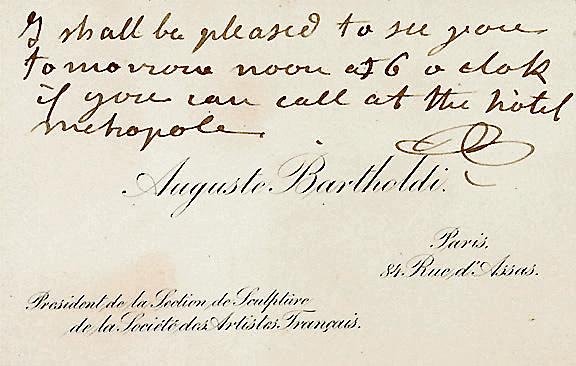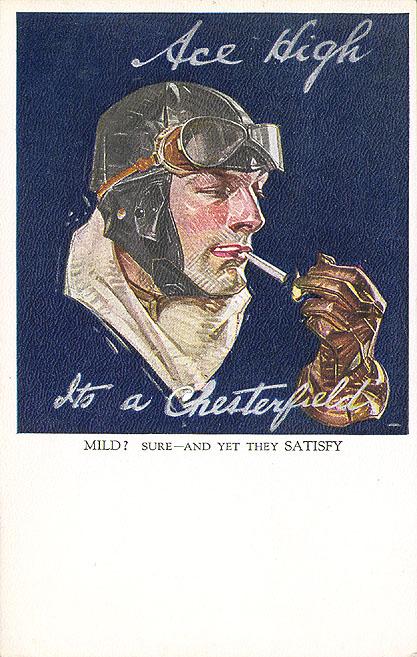Greetings Postcard Collectors!
Few collectibles tell us as much about daily life and domestic and social history as paper ephemera, and no paper is easier to find, or more beautiful than the postcard. A postcard is a roughly 3 x 5 piece of pasteboard with a picture on the front, and a message from someone you never met on the back that speaks volumes about life in its day. Although these days postcards tend towards the envy inducing “having a wonderful time, too bad you’re not here” variety, in the days before internet, telephone and even telegraph, postcards were an important method of communication. Collectors of paper ephemera are of necessity a special breed, collecting as they do, objects with little intrinsic value.
Visiting Cards
Of all types of written communication, postcards seem to have changed the least. Not surprising for a product that was developed through evolution rather than invention. Postcards are believed to have begun being used in the 18th century in the form of visiting cards, a pre-printed pasteboard the size of a playing card. These included elaborate engravings of city or classical scenes with elaborate borders and space reserved for the senders name and message. In time, the owners name would be printed on the card. These cards were produced by the best artists of the day, and their craft is obvious in the surviving examples.
Trade Cards
In the late 18th century, British merchants began using one sided, preprinted card to advertise their wares. The opposite side was used for a customer’s bill. These cards were elaborately engraved mini-artwork with lengthy descriptions of the goods for sale.
Writing Paper
In the early 1800’s, high quality writing paper came on the scene in England. Unlike today’s standard 8 ½ x 11, this paper came in quarto or octavo size, and was headed with an elaborate embossed design at the top and intricate borders as well. From there, came the fashion for writing paper engraved at the top with a scene of resort in which the writer was staying. These lithographs and engravings were so beautifully done that the recipient often cut off the illustration and placed it in an album. Because of this, intact examples are difficult to find, but many of the illustrations have survived.
-By p4A Contributing Editor Susan Cramer.
Reference & Further Recommended Reading:
To search the Prices4Antiques antiques reference database for valuation information on hundreds of thousands of antiques and fine art visit our homepage www.prices4antiques.com
-
Hi,
I liked your blog and I personally invite you to join http://www.coollectors.com – The World’s Free Collectors Zone.
We will also be happy to cooperate with your blog such as adding its link to our site.
All the best,
Diane
info@coollectors.com






1 comment
Comments feed for this article